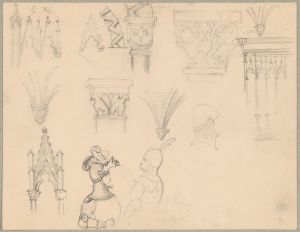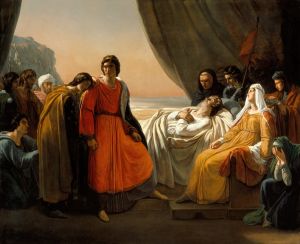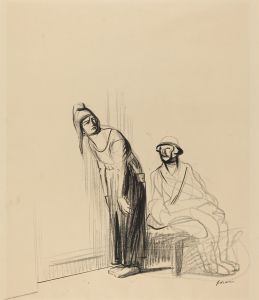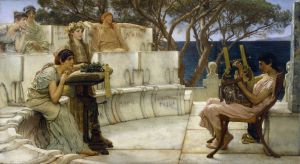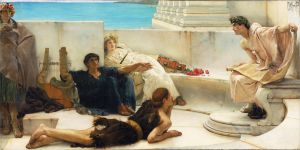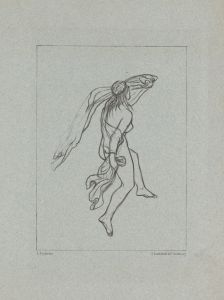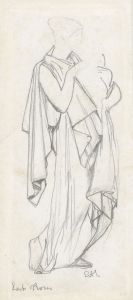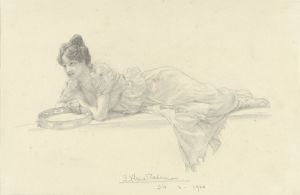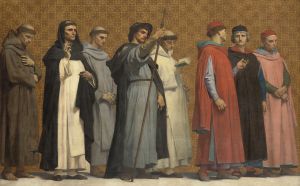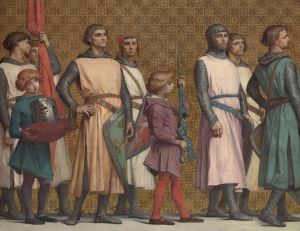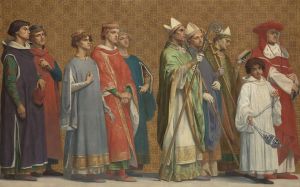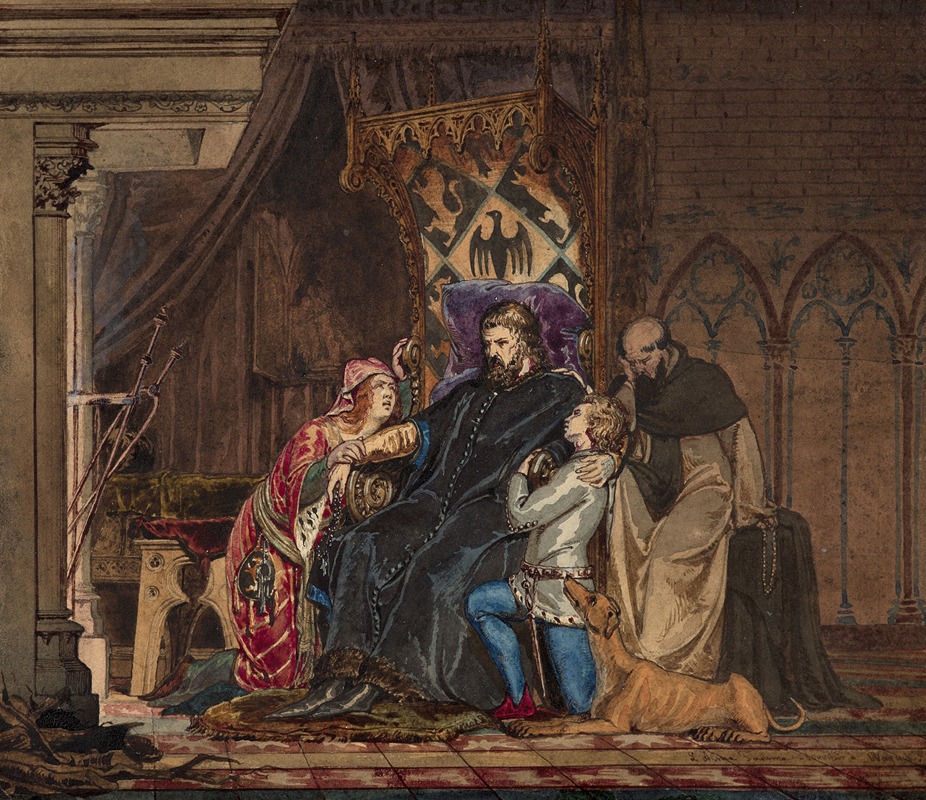
Frederick Barbarossa learning of his excommunication
A hand-painted replica of Lawrence Alma-Tadema’s masterpiece Frederick Barbarossa learning of his excommunication, meticulously crafted by professional artists to capture the true essence of the original. Each piece is created with museum-quality canvas and rare mineral pigments, carefully painted by experienced artists with delicate brushstrokes and rich, layered colors to perfectly recreate the texture of the original artwork. Unlike machine-printed reproductions, this hand-painted version brings the painting to life, infused with the artist’s emotions and skill in every stroke. Whether for personal collection or home decoration, it instantly elevates the artistic atmosphere of any space.
"Frederick Barbarossa learning of his excommunication" is a painting by the renowned 19th-century artist Lawrence Alma-Tadema. Alma-Tadema was a Dutch painter who later settled in England and became one of the most highly regarded artists of the Victorian era. He is best known for his depictions of the luxury and decadence of the Roman Empire, as well as other historical and classical subjects.
The painting in question portrays a significant moment in the life of Frederick I, also known as Frederick Barbarossa, who was the Holy Roman Emperor from 1155 until his death in 1190. Frederick Barbarossa is a notable historical figure due to his attempts to consolidate the empire and his involvement in the Crusades. His reign was marked by a series of conflicts with the Papacy, which culminated in his excommunication.
Excommunication was a severe penalty imposed by the Church, effectively cutting off the individual from the sacraments and the community of believers. For a ruler like Frederick Barbarossa, this was not only a spiritual blow but also a political one, as it could undermine his authority and legitimacy.
Alma-Tadema's painting captures the moment when Frederick Barbarossa learns of his excommunication. The artist was known for his meticulous attention to detail and historical accuracy, often conducting extensive research to ensure the authenticity of his work. In this painting, Alma-Tadema likely employed his characteristic style, which includes rich textures, vibrant colors, and a keen eye for the subtleties of human expression.
The composition of the painting would typically reflect Alma-Tadema's skill in creating a narrative through visual means. He often used architectural elements and carefully arranged figures to guide the viewer's eye and convey the story. The emotional impact of the scene would be heightened by the expressions and body language of the characters, capturing the gravity of the moment when Frederick realizes the full implications of his excommunication.
While specific details about this particular painting are scarce, Alma-Tadema's body of work often explored themes of power, conflict, and the human condition, making it likely that "Frederick Barbarossa learning of his excommunication" fits within these thematic interests. His paintings are celebrated for their ability to bring historical events to life, allowing contemporary audiences to engage with the past in a vivid and immediate way.
Alma-Tadema's influence extended beyond the art world, as his works inspired the aesthetics of early 20th-century cinema, particularly in epic films set in ancient times. His legacy endures as one of the foremost painters of historical subjects, and his works continue to be studied and admired for their technical brilliance and evocative storytelling.
In summary, "Frederick Barbarossa learning of his excommunication" by Lawrence Alma-Tadema is a representation of a pivotal historical event, rendered with the artist's characteristic attention to detail and narrative depth. Although specific information about this painting is limited, it is consistent with Alma-Tadema's oeuvre, which often explored historical themes with a focus on human emotion and drama.





